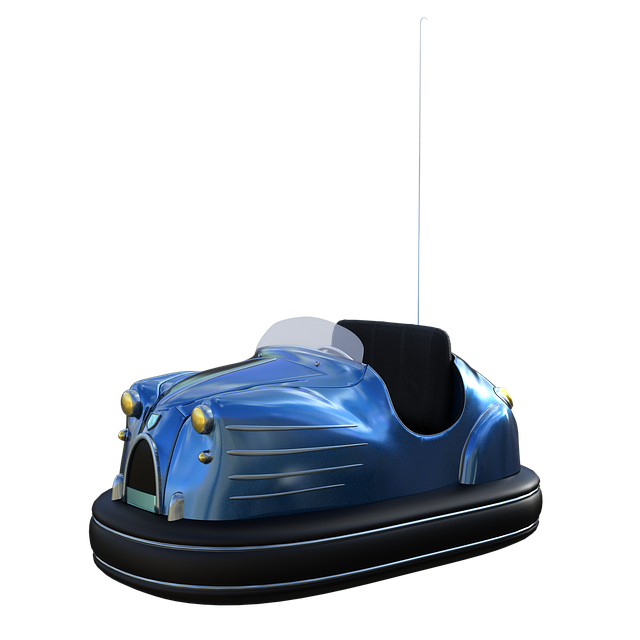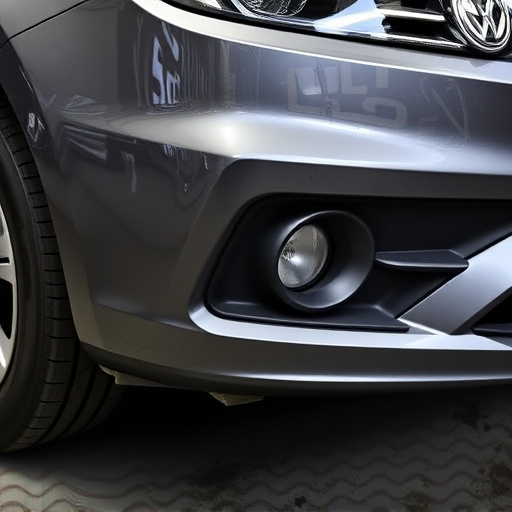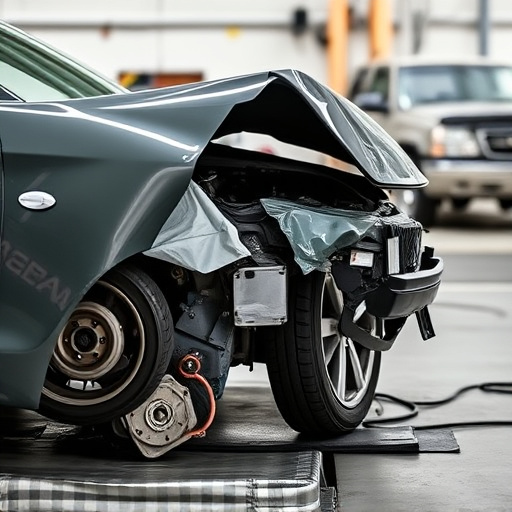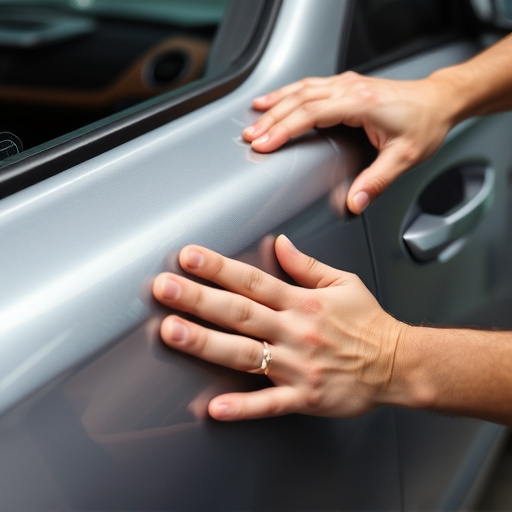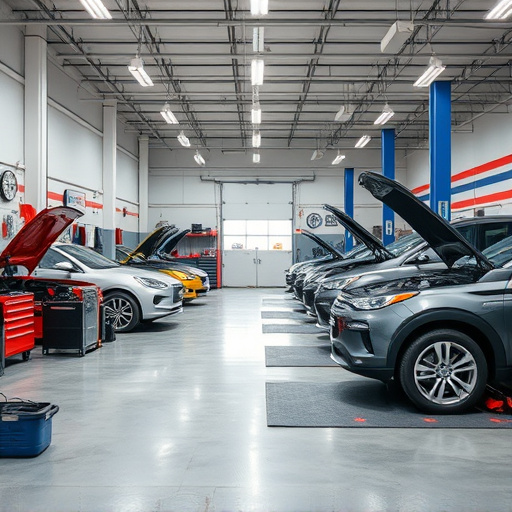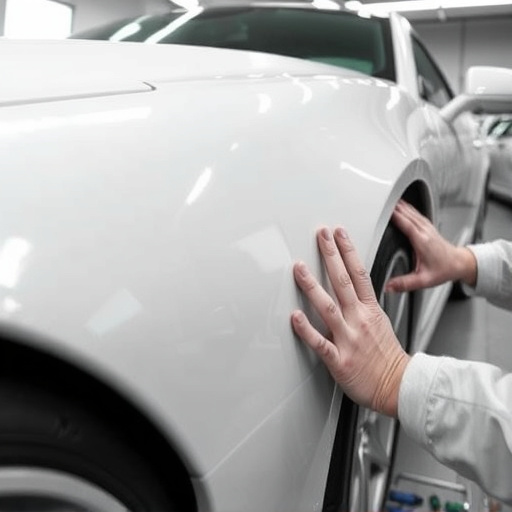Computerized diagnostics repair is a modern, precise method for addressing complex car computer systems using specialized tools connected directly to vehicle networks. Compared to traditional manual diagnostics, this approach enhances accuracy and efficiency in fixing issues related to engine management, emissions control, ABS, and other electronic modules. Successful computerized diagnostics requires compatible tools, connecting a diagnostic scanner to the OBD-II port, interpreting sensor data, and cross-referencing findings with service manuals. This technology has transformed vehicle maintenance, saving time, targeting repairs, and reducing unnecessary parts replacement, despite initial investment and technological updates posing challenges for smaller repair shops.
“Unleash the power of technology in vehicle maintenance with Computerized Diagnostics Repair. This comprehensive guide demystifies the process, equipping car enthusiasts and mechanics alike with essential knowledge. We’ll walk you through understanding the basics, from reading computer codes to interpreting data, offering a step-by-step approach for successful repairs. Discover the benefits—faster diagnoses, precise solutions—and be aware of potential challenges. Optimize your vehicle’s performance and embrace the future of automotive care.”
- Understanding Computerized Diagnostics Repair: The Basics
- Steps to Perform a Successful Computerized Diagnostics Repair
- Benefits and Common Challenges of Using Computerized Diagnostics for Vehicle Repair
Understanding Computerized Diagnostics Repair: The Basics
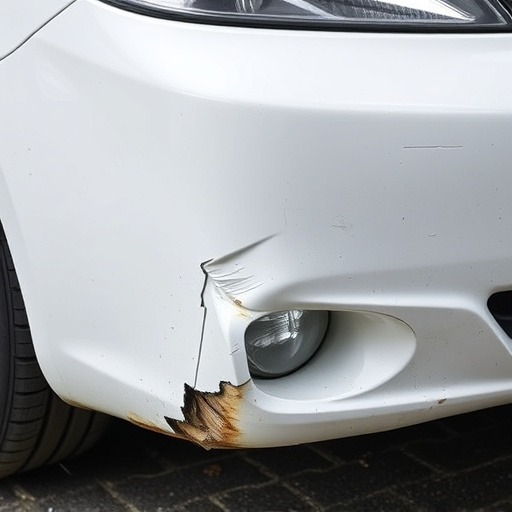
Computerized diagnostics repair is a modern approach to identifying and fixing issues within your vehicle’s complex computer systems. In today’s cars, many functions are controlled by intricate networks of computers and sensors, making traditional manual diagnostics more challenging. This advanced repair method leverages specialized tools that connect directly to these systems, providing detailed information about performance and potential problems.
By utilizing computerized diagnostics, collision repair centers and car repair services can pinpoint issues with precision, leading to more effective solutions. This technology is particularly useful in detecting problems related to engine management, emissions control, anti-lock braking systems (ABS), and other electronic modules. Unlike traditional guesswork, computerized diagnostics offer a clear, data-driven understanding of your vehicle’s needs, ensuring that repairs are both efficient and thorough.
Steps to Perform a Successful Computerized Diagnostics Repair
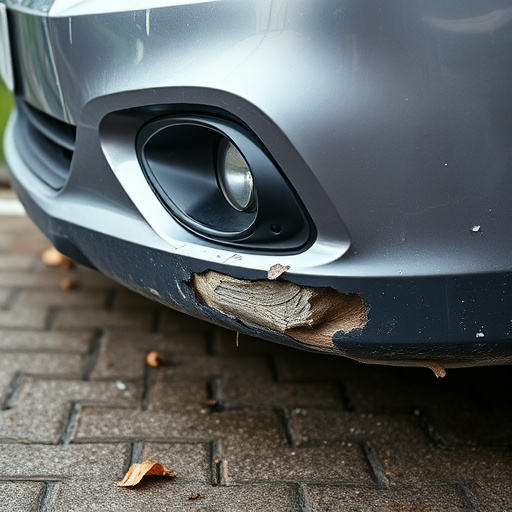
Performing a successful computerized diagnostics repair involves several key steps. Begin by gathering all necessary tools and equipment, ensuring everything is up-to-date and compatible with your vehicle’s system. Next, connect the diagnostic scanner to your car’s OBD-II port, which is usually located under the dashboard near the steering wheel. Power on the scanner and allow it to communicate with your vehicle’s computer system.
Once connected, the scanner will begin to collect data from various sensors and modules within your car. Interpret these readings carefully, focusing on any codes or anomalies that could indicate potential issues. Cross-reference these findings with your vehicle’s service manual for accurate diagnosis. For specialized cars like Mercedes Benz models undergoing collision repair, this process becomes even more critical, as precision is key to restoring the car to its pre-accident condition.
Benefits and Common Challenges of Using Computerized Diagnostics for Vehicle Repair

Computerized diagnostics repair has revolutionized vehicle maintenance, offering numerous benefits to both auto mechanics and car owners. This advanced technology allows for precise identification of issues within a vehicle’s intricate systems. By connecting specialized scanners to a car’s onboard computer, technicians can access real-time data, enabling them to diagnose problems quickly and accurately. This not only saves time but also ensures that repairs are targeted and cost-effective. Moreover, it enhances the overall efficiency of the repair process, as mechanics can avoid unnecessary replacement parts and procedures.
Despite these advantages, there are challenges associated with implementing computerized diagnostics in vehicle repair shops. Initial investment in diagnostic tools can be significant, which may pose financial barriers for smaller auto body repair facilities. Additionally, keeping up with constant technological advancements requires regular updates to software and hardware, adding another layer of complexity. However, with proper training and adaptation, these challenges can be overcome. Many car repair shops are now benefiting from the increased accuracy and efficiency that computerized diagnostics bring to the table, ensuring better vehicle repairs and customer satisfaction in the process.
Computerized diagnostics repair is a game-changer in vehicle maintenance, offering precise and efficient solutions. By understanding the basics, following structured steps, and addressing common challenges, you can harness the benefits of this technology to perform successful repairs. Incorporating computerized diagnostics into your vehicle care routine ensures faster identification of issues, saves time and costs, and ultimately contributes to a smoother driving experience.
